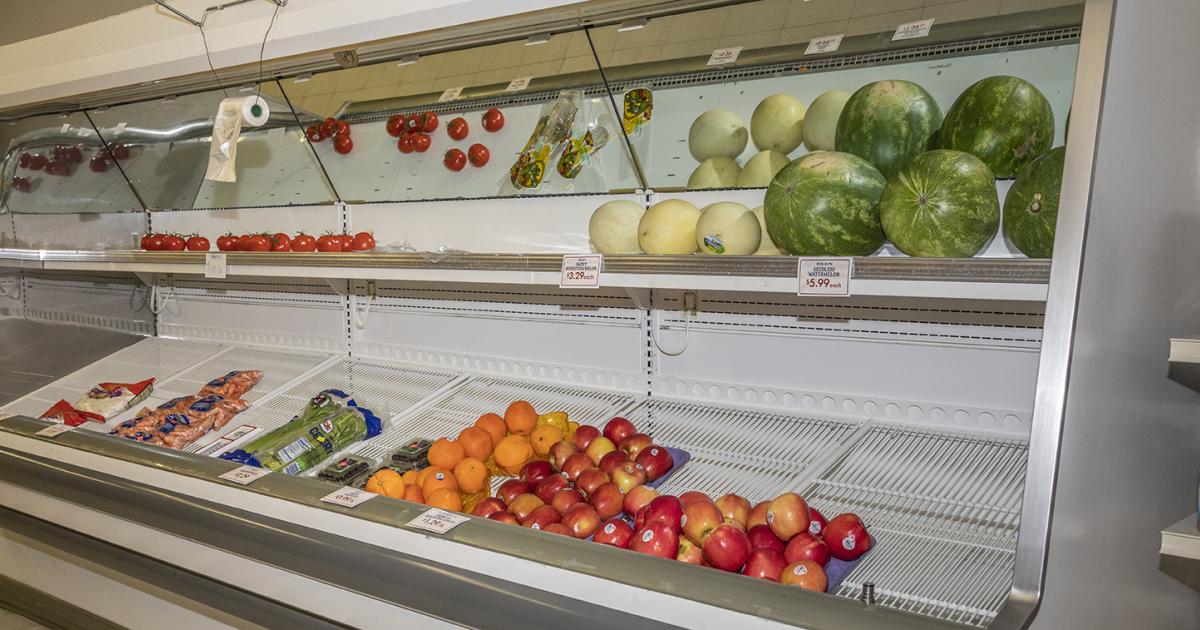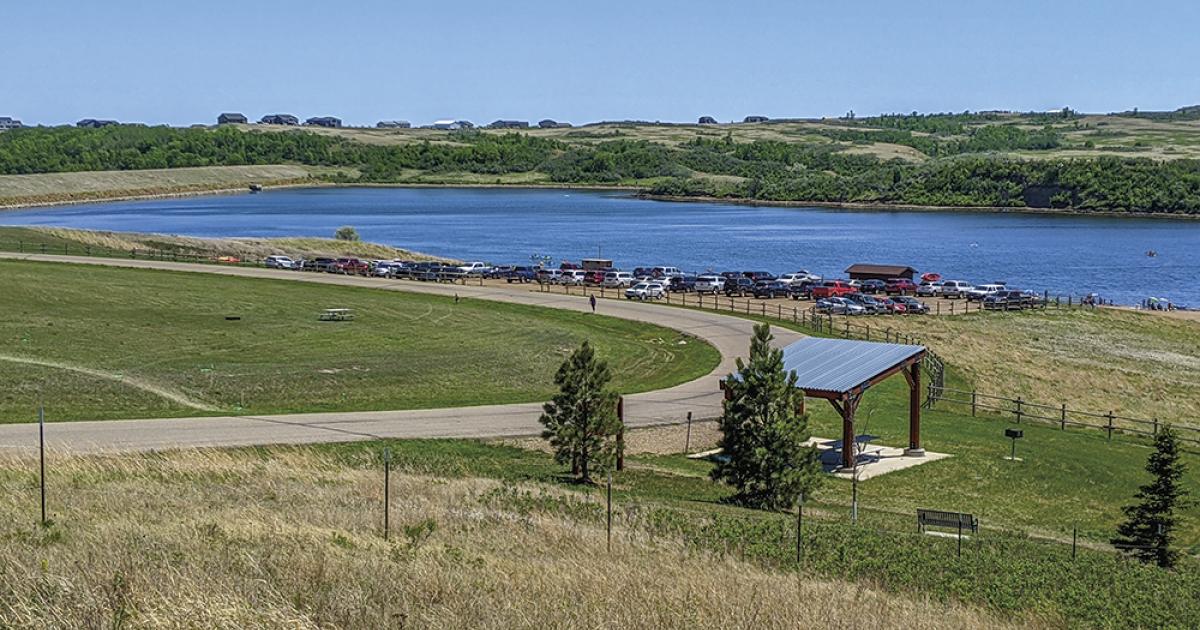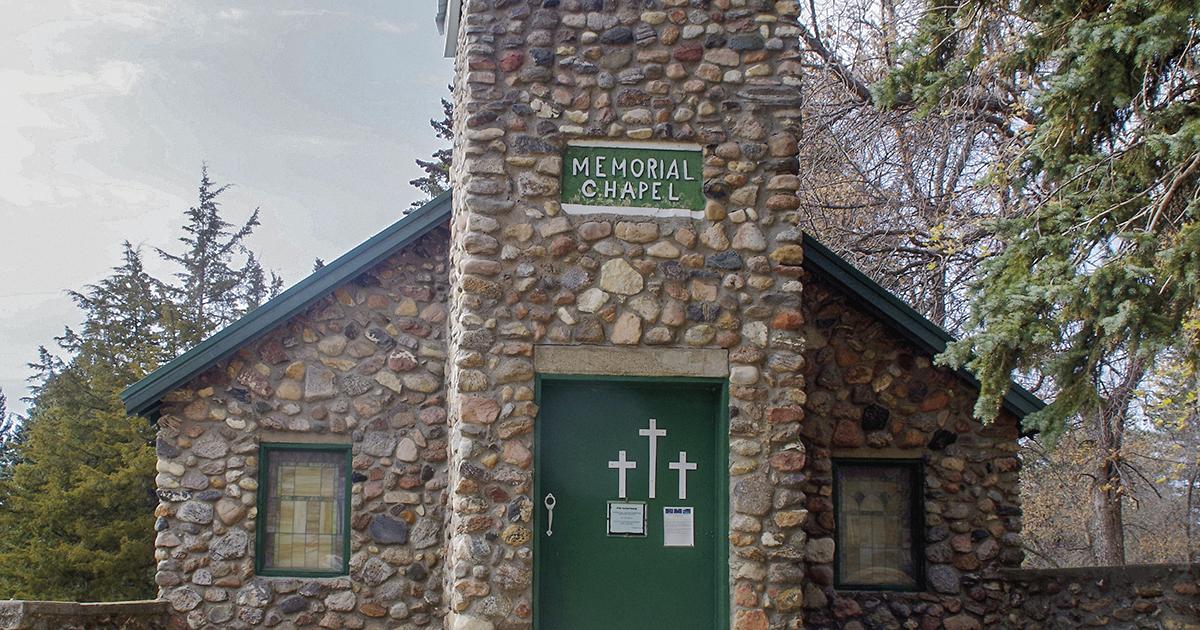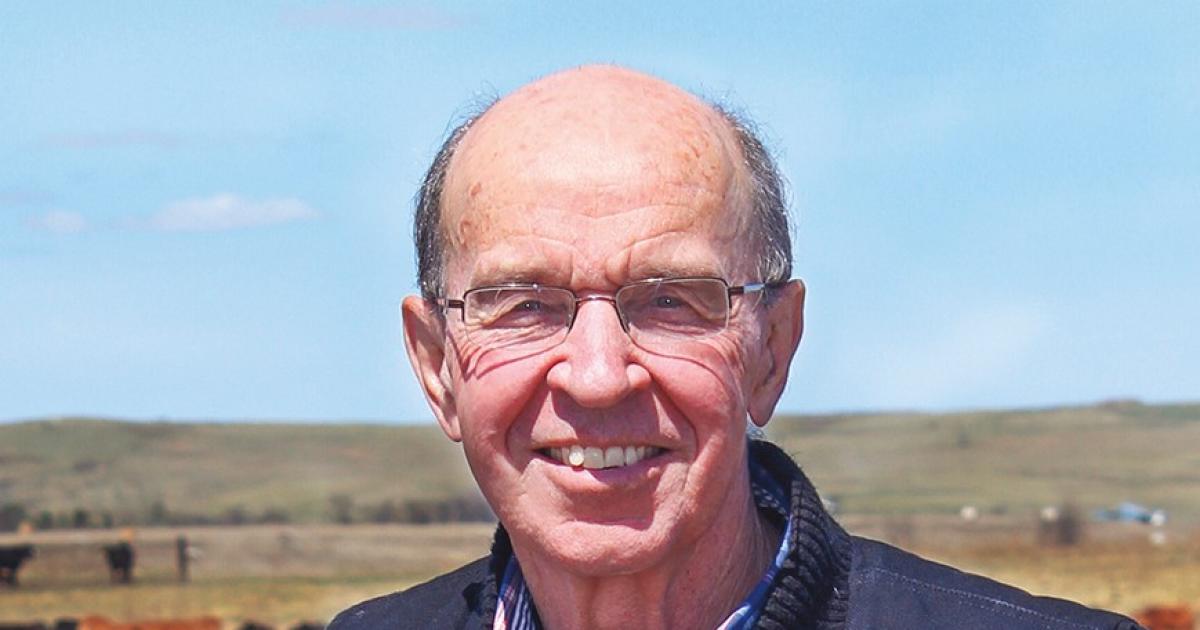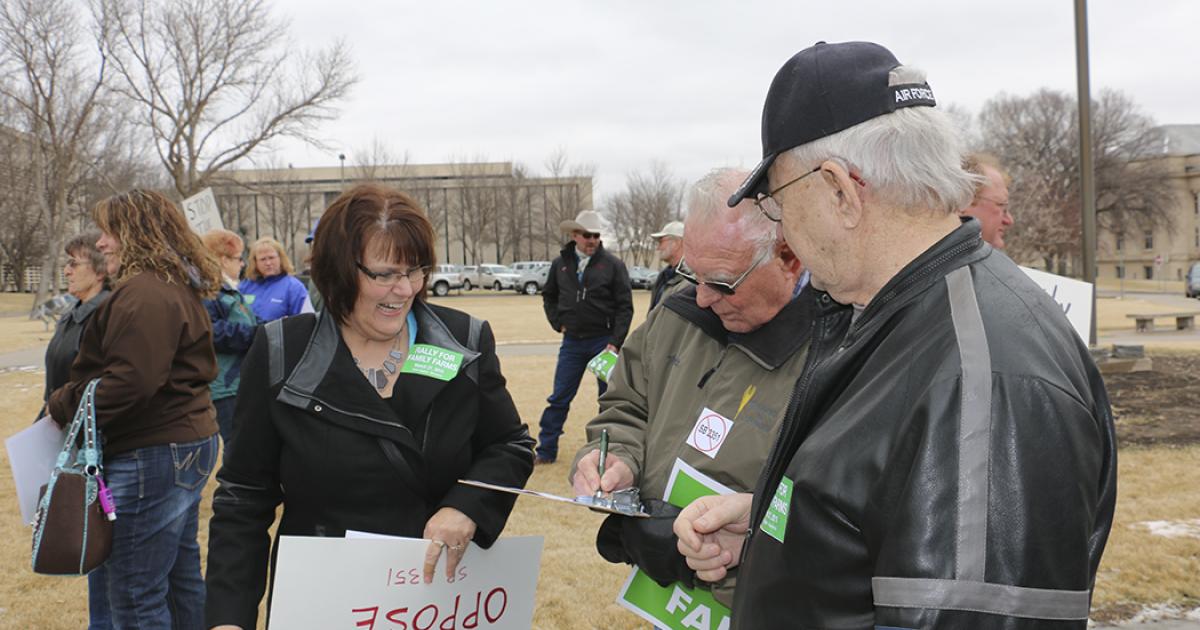In 2013, Lori Capouch’s phone started ringing. It’s not that she wasn’t getting calls before. But these phone calls were different, and she quickly noticed a pattern. We’re short operating money. Our equipment is failing. Can you help us?
Those comments, and pleas for help, came rolling in from rural grocers across North Dakota. Not one to let grass grow under her feet, Capouch, as the rural development director for the North Dakota Association of Rural Electric Cooperatives
(NDAREC), and her team started exploring the issue further, gathering research and identifying the needs.
“From rather early on in this process, it became obvious that our rural grocery sector was in decline. And it wasn’t a slow, over time, kind of downturn – it was a rapid decline,” she says.
When NDAREC started the discovery phase in 2014, 137 grocery stores were operating in communities of 2,100 people or less. Five years later, as of August, there are only 98 operating full-service stores left. Of the remaining groceries,
16 are nonprofit or community-owned and 13 are financially strapped.
“From our perspective, we identified this decline as a health concern for rural communities. When rural groceries are lost, rural people lose food access. We have a commitment to rural people and rural places. And that’s why we just
had to dive in, head first, into the deep end of the pool,” Capouch says.
FOOD DESERTS
According to data from the N.D. Department of Health and the Center for Rural Health at the University of North Dakota, 36 of the state’s 53 counties, or 67 percent, are designated as frontier, meaning they have six or less persons per square mile.
In these remote areas, Capouch says, people are often categorized as living in a food desert.
A rural food desert, according to the U.S. Department of Agriculture (USDA), is an area where people must drive 10 miles or more to access a full-service grocery store. The USDA has documented a higher incidence of obesity and diabetes in food deserts, Capouch says.
“Access to healthy food is a necessity, not a luxury. Rural people work hard to keep their grocery store. They understand they need it – it’s a pillar in their community. Their health depends on it,” Capouch says.
THE PROBLEMS
Common problems exist among North Dakota’s rural grocery stores. For one, low sales volumes lead to low profit margins. Fifty percent of rural grocery stores have an annual net profit margin of $18,000 or less. Low profit margins reduce a store’s attractiveness to potential buyers, and some grocery store owners say they pay themselves after the margin is set. How many small business owners would make their home in a rural community, work long hours to keep their doors open and live on $1,500 a month?
“They’re becoming fewer and further in-between,” Capouch says. “And in places where the grocery store is nonprofit or community-owned, volunteers do the work. They’re the same volunteers who run a thrift store and hold fundraisers to cash flow their community grocery store.”
Many groceries operate out of old buildings and have aging equipment. In many instances, when a piece of equipment fails or maintenance is required, there’s not money to fix it. Stores must find a temporary fix, usually an alternative method or way to solve a problem.
“Like lipstick on a pig,” Capouch relays. “On several occasions, we have scrambled to help secure grant dollars from private entities when equipment fails.”
It’s also common to find store operators who drive to urban centers to get products from big box stores, only to turn around for resale at their own store. This speaks to the difficulty smaller stores encounter in securing certain products. Capouch says some stores even have difficulty getting common grocery items, like bread, produce or fresh meat, perhaps because they can’t find a supplier to deliver to them or because they can’t afford the price offered.
Lastly, Capouch and her team have learned that the current food distribution system does not effectively serve rural areas. Four primary suppliers service North Dakota’s rural grocery sector. Most often, supplier routes are based on volumes, rather than route efficiencies, Capouch explains. Routes overlap, and suppliers deliver goods to customers who meet their minimum purchasing requirements.
“The Upper Great Plains Transportation Institute (UGPTI) gathered data to determine current distribution routes and looked at optimization of these routes. UGPTI estimated that by simply optimizing routes of primary suppliers, $383,448 could be saved each year,”
Capouch says.
LEGISLATIVE STUDY
With Capouch taking the lead, a group of advocates, grocers and citizens took their concerns to the 2019 session of the North Dakota Legislature. Senate Concurrent Resolution (SCR) 4013 requested the Legislature to study the challenges facing rural groceries, specifically the issue of distribution and transportation of food in rural areas.
Since North Dakota Living's last status update on
the resolution, the study was adopted by Legislative Management. Now, the issue will be looked at in the interim, and any subsequent recommendations will be provided to the 2021 Legislature.
“We believe there may be opportunities to improve the stability of our rural grocery sector through collaboration and public-private partnerships,” Capouch says. “We are not trying to replace the current distribution system. We are seeking ways to
help serve rural places more effectively. To do so, we need all the players at the table, thinking together.”
Capouch was invited by the Interim Commerce Committee in August to present on the work being done by NDAREC and others to address the rural grocery decline. Some of the committee members are versed on the issues firsthand.
Vice Chairman Shawn Vedaa, a Republican state senator, grew up in the grocery business and has operated a grocery store in Velva since 2003. Republican Sen. Jerry Klein owned a grocery store in Fessenden for 35 years.
“We’ve invested many of our resources to tackle this issue, because it’s important to our rural way of life in North Dakota,” Capouch says. “And we’re grateful to have the expertise of the Legislature as we proceed in this effort.”
Cally Peterson is editor of North Dakota Living. She can be reached at cpeterson@ndarec.com.


